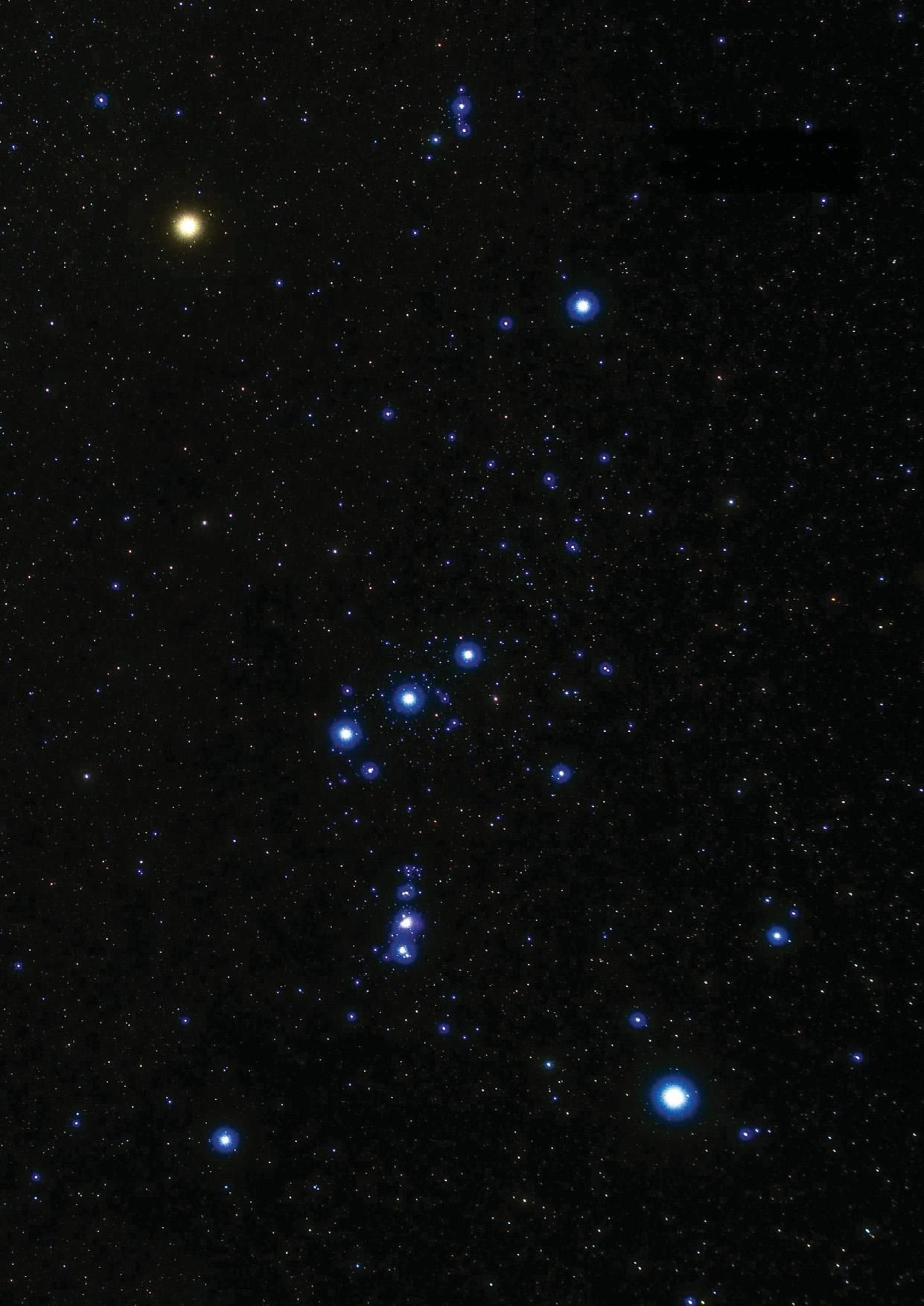
Although it may not be obvious at first sight, many stars vary in brightness over time. Some of these variable stars change magnitude on predictable timescales, others are s regular. Recording the variations is a rewarding and straightforward form of observing which ultimately helps decode how certain stars work. In this article we'll look at different types of variable, how to observe them and how to interpret the results. We'll also give you some examples to get you started.
A star's brightness is quantified by its magnitude. Some stars remain at constant magnitude, some vary a little and some vary a lot. Indeed, some stars become bright enough to change the visual appearance of their host constellation, such as Betelgeuse (Alpha (a) Orionis) and Mira (Omicron (o) Ceti) (see 'Six variable stars to get you started' on page 66). Variability can occur on a predictable basis or can be highly irregular. The majority of variable stars appear to vary indefinitely, but some vary just once, with extreme examples being supernovae.
Variation in magnitude is either caused by external factors or by internal changes within the star; those in the first group are known as extrinsic variables, while those in the second are called intrinsic variables. An eclipsing binary such as Algol (Beta (B) Persei) is an example of an extrinsic variable; its observed brightness variation is due to a dimmer star passing in front of a brighter one with a very predictable period.
هذه القصة مأخوذة من طبعة February 2023 من BBC Sky at Night Magazine.
ابدأ النسخة التجريبية المجانية من Magzter GOLD لمدة 7 أيام للوصول إلى آلاف القصص المتميزة المنسقة وأكثر من 9,000 مجلة وصحيفة.
بالفعل مشترك ? تسجيل الدخول
هذه القصة مأخوذة من طبعة February 2023 من BBC Sky at Night Magazine.
ابدأ النسخة التجريبية المجانية من Magzter GOLD لمدة 7 أيام للوصول إلى آلاف القصص المتميزة المنسقة وأكثر من 9,000 مجلة وصحيفة.
بالفعل مشترك? تسجيل الدخول

Putting cosmic rays to work
These penetrating interstellar particles have applications from astronomy to archaeology
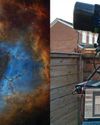
Set up your first imaging sequence
How to automate and coordinate your gear over multiple nights of imaging

The Universe without gravity
Life with no gravity might sound a fun idea, but as Govert Schilling explains, shutting off this pivotalforce would spell disaster for Earth and beyond
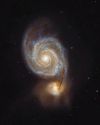
How to blend images taken with different camera setups
Combine data captured at varied focal lengths to create rich, deep images

INSIDE THE SKY AT NIGHT
Back in September 2021, The Sky at Night show spoke to Carly Howett about NASA's then upcoming Lucy mission. As the spacecraft now approaches its main targets - the Trojan asteroids - we check in with her to see how the mission is going

The science of SCI-FI
We love a good sci-fi film, but do they get the science right? Amy Arthur picks six of the big mistakes made in space films

Seeing in a new light
It's National Astronomy Week this month, so take a tip from Mark Westmoquette and let mindful stargazing change your perspective on your life and problems
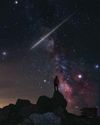
What to do if you find a meteorite
Ever come across an unusual rock and wondered if it's a meteorite? Mark McIntyre explains how to tell if that stone really is a fragment from outer space
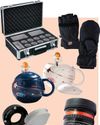
GEAR
Charlotte Daniels rounds up the latest astronomical accessories

Q&A WITH A STELLAR ECLIPSE SPECIALIST
Many stars are gravitationally locked inside multi-star systems, but a rare new triple-star system has set a new record for how cosy these clusters can get